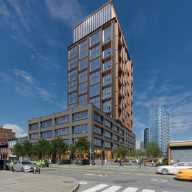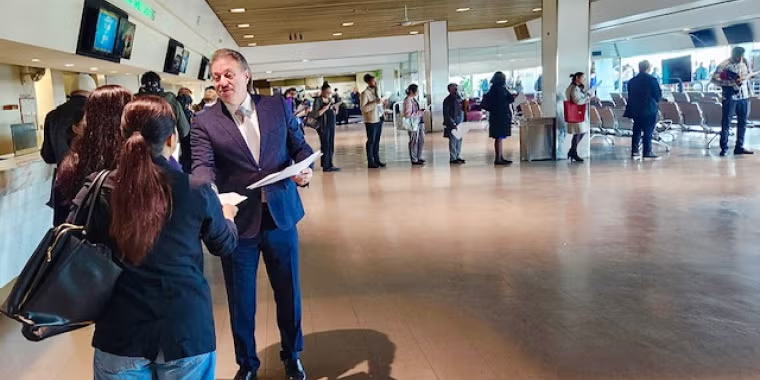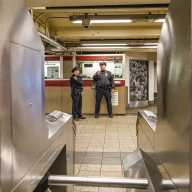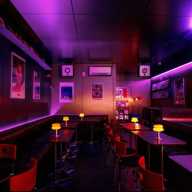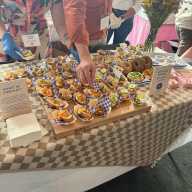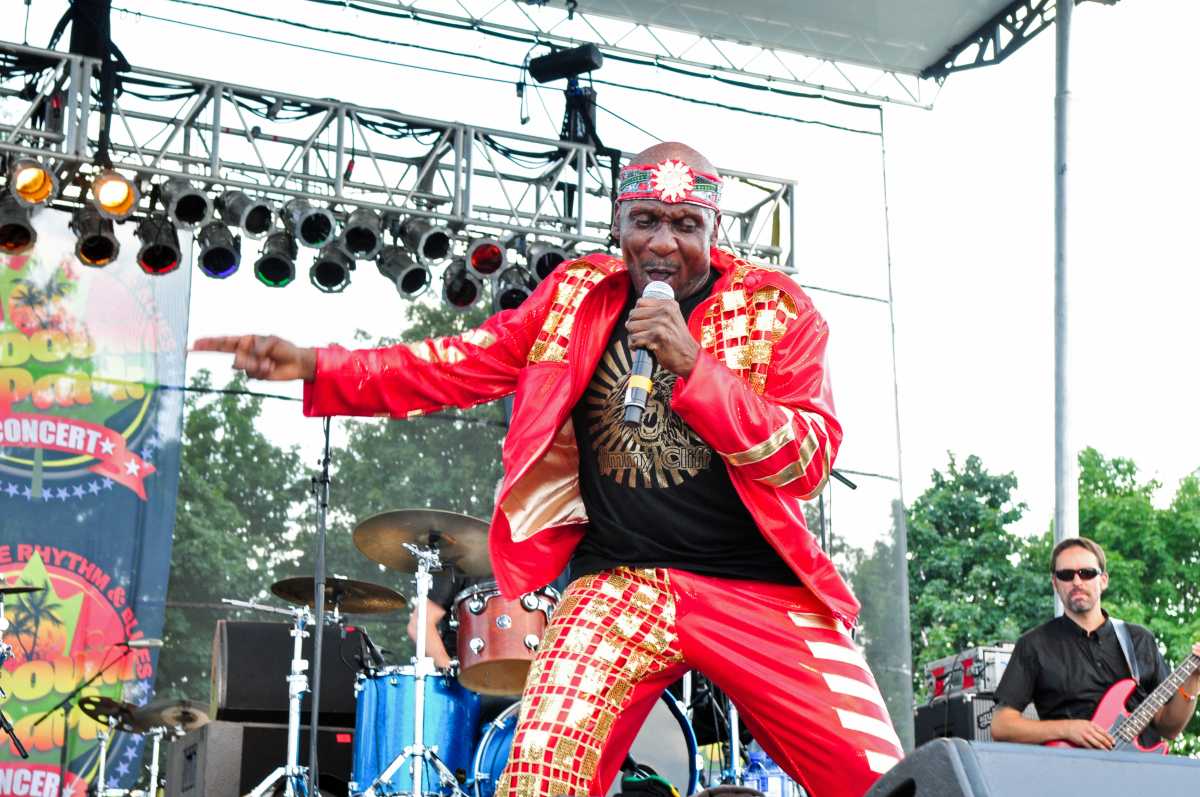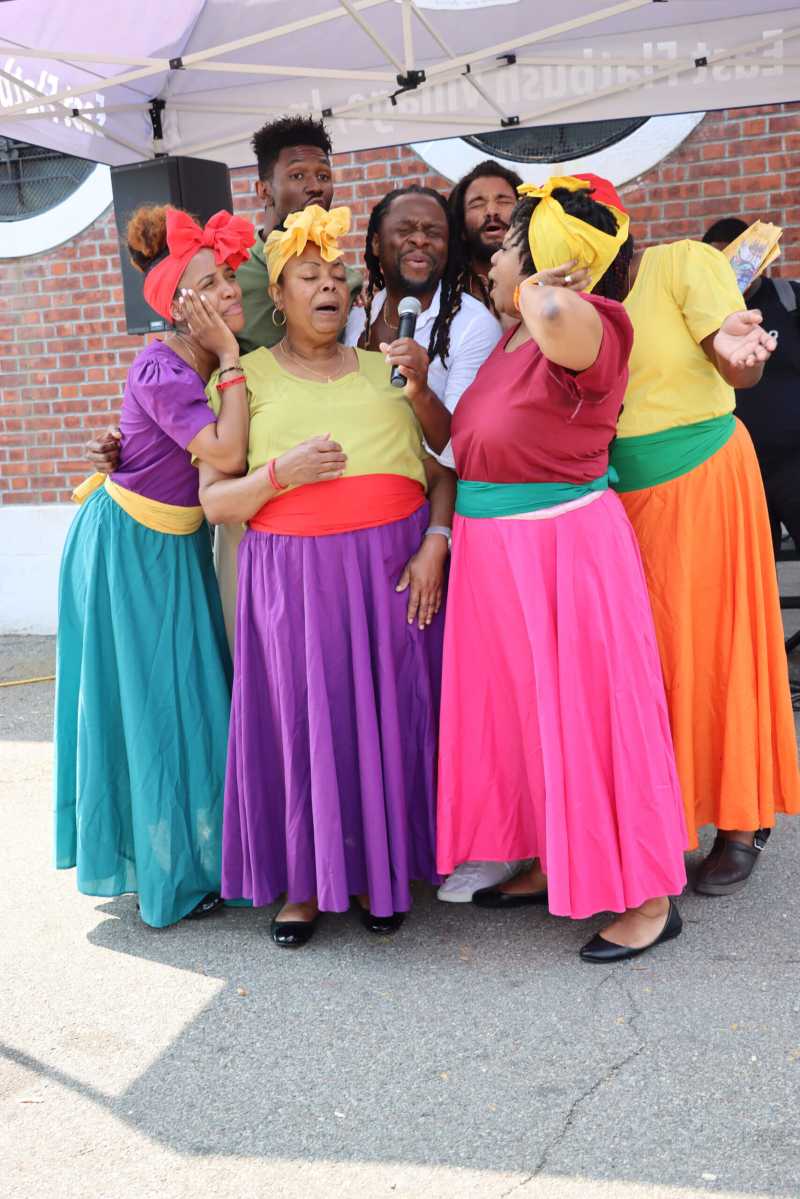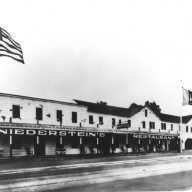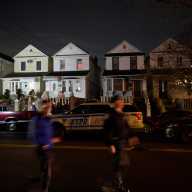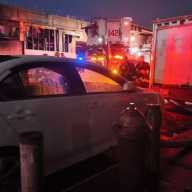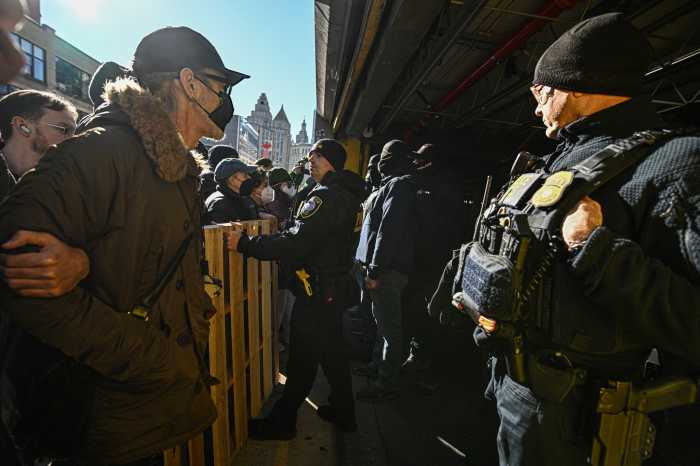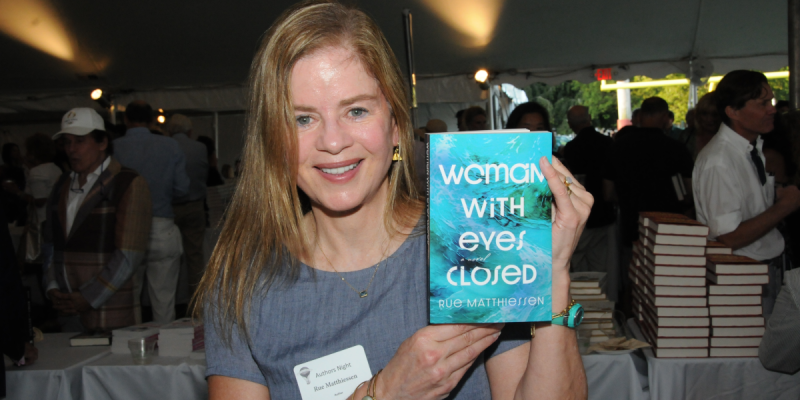The car that Sean Bell borrowed from his fianc/ took center stage in the trial of three New York City Police Department (NYPD) detectives involved in shooting him to death and wounding two of his friends after a bachelor party in a disreputable Jamaica bar.
Detectives Gescard Isnora and Michael Oliver face 25 years in prison if convicted of manslaughter by Judge Arthur Cooperman. Detective Marc Cooper, charged with reckless endangerment, faces a year in jail. Other cops who fired four of the 50-shot fusillade were not charged.
Peter Pizzola, director of the NYPD crime laboratory, testified on Monday, March 17 that the car driven by Bell struck Isnora with enough force to leave an imprint of his jeans on the front bumper.
“It would be more than casual contact,” Pizzola told prosecutor Charles Testagrossa. “It would require heat,” he said, although he could not say how fast the car would have to be going to make such an imprint.
Testagrossa dismissed the force of the impact during his questioning, comparing Isnora’s injury to “falling and sliding on a gym floor” and pointing out that his leg was not broken.
Testimony by Pizzola about paint smears and earlier testimony by crime scene detective Charles Reiss about damage to the car also supported the cops’ story that in addition to hitting Isnora, Bell also hit a metal gate once and drove into an undercover police van twice at the outset of the incident.
A prosecution witness had testified earlier, that Bell started his car and only struck the van once before the police opened fire.
Other testimony by Pizzola related to each of the 20 bullets which hit the Nissan Altima - 17 of which hit the passenger side. Of those 17 shots, 13 struck the front passenger door. One bullet hit the trunk; two hit the windshield.
Photographs of the car depicting colored plastic “trajectory rods” showed the path of each bullet, making the vehicle resemble some macabre porcupine. Other photos showed the bullet-riddled inside of the car, with police stickers marking impact points.
Bell was struck four times, receiving two mortal wounds from bullets fired by Oliver. Front-seat passenger, Joseph Guzman was wounded a total of 19 times, counting exit wounds. He narrowly escaped death by a bullet which pierced the headrest of his seat. Trent Benefield, who was seated in the rear of the car, was hit twice in the legs.
Some of the ballistic evidence given by Detective Edward Dingman did little to shed light on events, with several diagramed trajectories indicating that the shots were fired from someone lying on the ground, or from 10 feet in the air.
Pizzola, who was part of a “joint NYPD task force” assigned to re-create the shooting, said he began working just five days after the incident, in the wee hours of Saturday, November 25, 2006. He said that the unit spent almost a year collecting and analyzing the evidence.
Michael Palladino, president of the Detectives Endowment Association, has criticized prosecutors for not bringing Pizzola before the grand jury to refute testimony by an eyewitness, saying that they knew the tests were being conducted. “He [DA Testagrossa] didn’t wait; he just took the vote,” Palladino said.
Pizzola testified however, that his report was not completed until well after the grand jury voted to indict the three cops.
In other testimony, a witness said he was awake at the time and heard two men shouting, then a single shot before a volley of gunfire.
Robert Hernandez, 26, who lived nearby, said he could not make out was said and he never heard anyone identify themselves as the police.
Hernandez also testified that he saw a man halfway down the block from the shooting scene, pointing a gun in the direction of Bell’s car. He could not identify any of the officers on trial as the man he saw.










